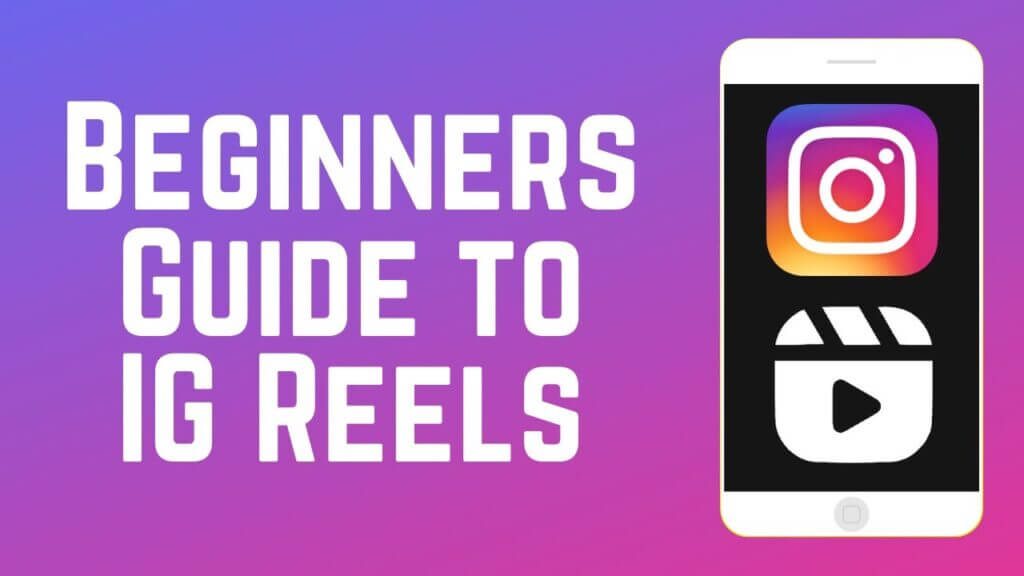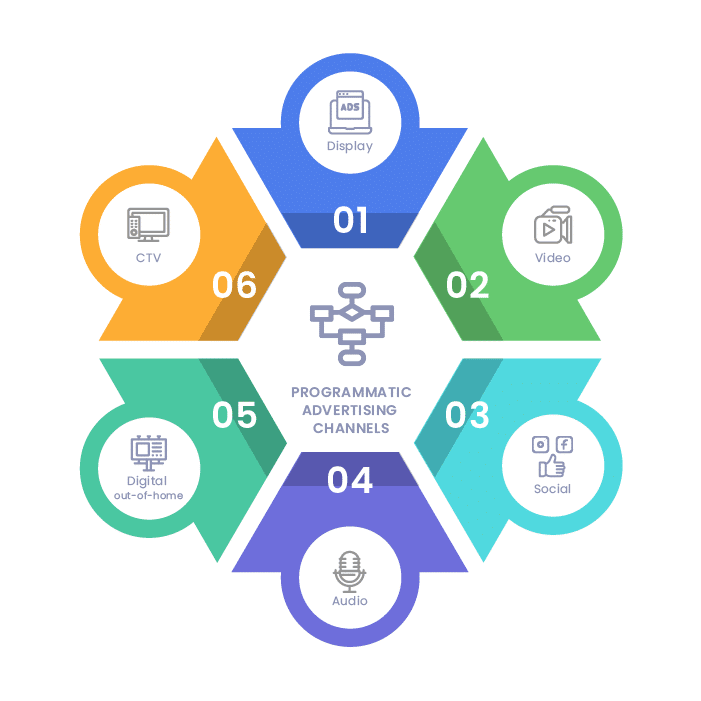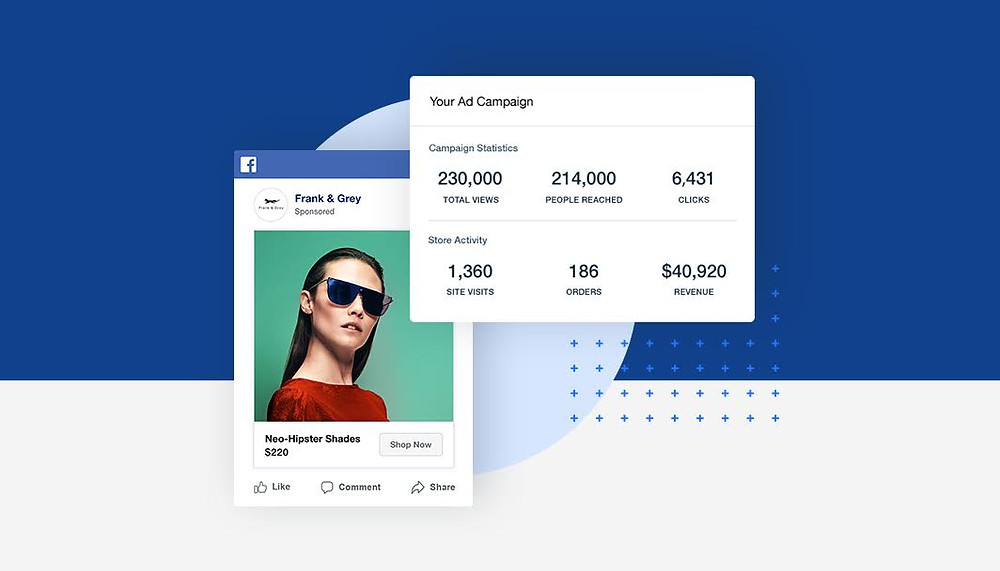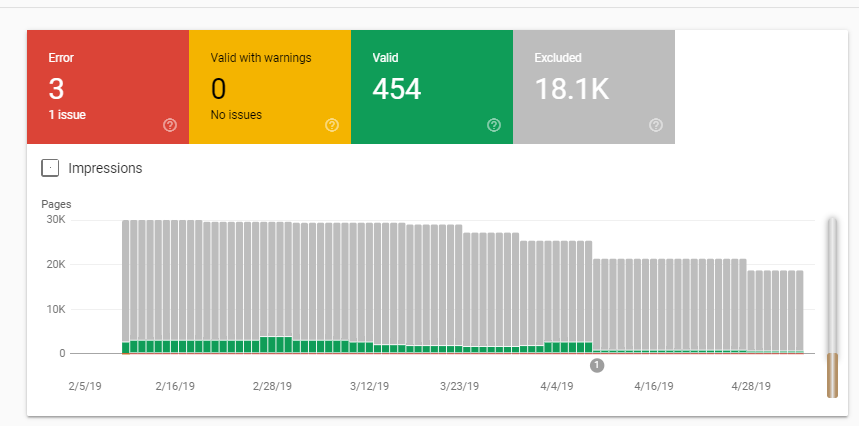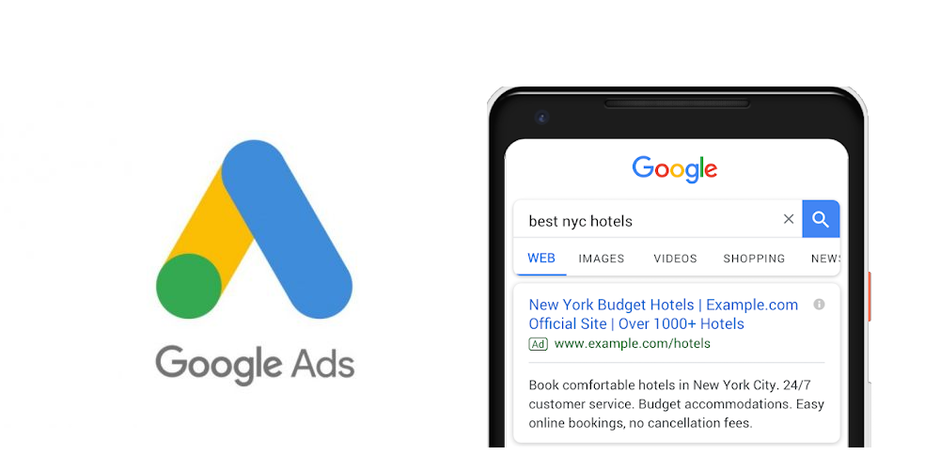As they’re at the bottom of a webpage, footers are often overlooked. But did you know they can significantly impact your SEO efforts?
Linking, especially internal linking, is the backbone of any good SEO strategy. Unfortunately, if misused, sitewide backlinks can fall under the category of ‘forced link building’ and do some significant damage in the eyes of our search engine overlords. So how can we find the right balance?
Today, we’re going to dive in and explore what footer links are, why there’s such a debate around their use, and how you can use them to your advantage.
The lowdown on links
Before we can understand whether footer backlinks are good or bad (or somewhere in between), we need to have a grasp on the different types of links involved. This includes internal, external, follow, and nofollow links.
Internal linking
Internal links are pretty much what it says on the tin – links that take you to different pages on the same site. This plays a huge role in how users and search engines navigate your site, helping them understand how the different pages relate. In particular, this helps search engines index your site and all the other pages it may contain.
External linking
External links are links that lead outside of your website. This can include manufacturer sites, parent companies, links to reviews or certifications, and social media platforms like Facebook, Twitter, Instagram, or YouTube.
Follow links
Follow or do follow links tell a search engine they should follow the link, passing the authority or ‘link juice’ from one site to the next. By building a number of reputable follow links, you can boost your website’s authority and, consequently, your ranking.
Source: Neil Patel
Nofollow links
In the wild west that was pre-2005 Internet, a common strategy to get backlinks was to comment on blogs, throwing in high-ranking links and leading back to your website. To curb this, Google introduced the nofollow, an attribute that tells search engines to ignore a given link.
Nofollow links do not pass on authority, meaning they cannot be used to help your SEO efforts directly. That being said, knowing when to use the nofollow attribute can make quite a difference to your overall linking strategy.
So what are footer links?
When we talk about footer links, we mean this little section at the bottom of a page:
The content on your website is broken up into two categories: unique content that can only be found on that page, and consistent sitewide content, like the header or footer. This can be a helpful navigation tool for users, telling them where to go next and ensuring they have easy access to essential pages wherever they are on your website.
There are four types of sitewide link variants:
- nofollow internal hyperlinks
- dofollow internal hyperlinks
- nofollow external hyperlinks
- dofollow external hyperlinks
Links shouldn’t be anchored to generic text (‘click me’ or ‘here’). Instead, use descriptive anchor text or keywords that tell the user exactly what they are clicking on.
Are sitewide footer links good or bad for SEO?
This is a question that has divided SEO Melbourne experts, mainly because the answer seems to keep changing.
In the aftermath of Google’s Penguin updates, link-building practices have seen a significant shift. Penguin 2.0 was ruthless when targeting unnatural link building, with 75% of all Google penalties due to sitewide links.
Of course, time moves fast in the world of algorithm updates. In general, most SEO specialists believe that (at least for now) Google will ignore sitewide external links in 2021. That being said, one can never underestimate the importance of a tailored and well-thought-out linking strategy, which can either help or hinder the rest of your SEO efforts.
Best practice for sitewide footer links
At the end of the day, like much of SEO, it all comes down to purpose. Google wants to determine whether you’ve added footer links to help your users find the information they’re looking for and navigate your site or are simply there to boost your SEO. If it’s the former, then this can have a positive impact, both in terms of indexing and user experience.
In general, you should avoid unnecessary linking in your footer as this can confuse search engines regarding which information is the most important. It can dilute the power of internal links, meaning that they won’t be as effective for your SEO efforts.
If you include external links, you’ll want to ensure that these are in the same niche as your business and that the pages are related to yours. Too many external links will look unnatural and are sure to earn you Google’s wrath. When in doubt, it is best to make these nofollow links.
If you have many external links you want to implement, a helpful strategy can be to create an internal page to host all these links and then place a sitewide link to this page in your footer.
So what can I put in my footer?
‘Safe’ footer elements include:
- Your web designer
- Sitemap
- Call to action
- Social media widgets
- Copyright or private policies
- Contact information
- Locations
- Opt-in forms
- Graphics
- Logins
- Search tool
- Testimonials
- Gallery
- Latest blogs/articles/pages
- Associations and awards
TLDR: Internal links are safe for your footer, provided you don’t overuse them. In most cases, you should only link to your most important pages. External sitewide links are generally considered a bad practice; if you need them, use a no follow attribute.
For more SEO tips and tricks, check out our Blog. If you have any questions about footers, SEO, or web design, feel free to reach out to our team for a free consultation!










